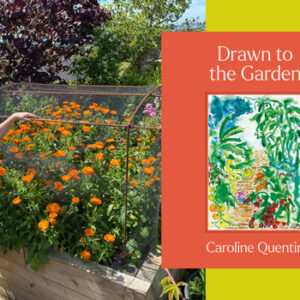Committed vegan and gardening expert Matthew Appleby shares some of his top tips. If you care about what you eat, you probably care about how food is grown too. So if you're a gardener who likes to grow their own, and - like many others right now - have decided to go vegan, then it's useful to know how to approach this at every stage of the process.
So says committed vegan and gardening expert Matthew Appleby, whose new book, Super Organic Gardener: Everything You Need to Know About A Vegan Garden, explains all – from the types of produce you might go for, to the techniques you’ll need to use to ensure your garden remains truly vegan.
“Vegans believe animal farming is wasteful of land and resources, cruel to animals and the resulting milk, dairy and eggs are bad for their health. While they seek to remove the foods from their diet, other aspects of making a lifestyle truly vegan may have been overlooked,” says Appleby. “Cutting out animal inputs in your garden, as well as growing the best products for a vegan diet, and how to be a truly animal-friendly gardener, are the subjects of my new book.”
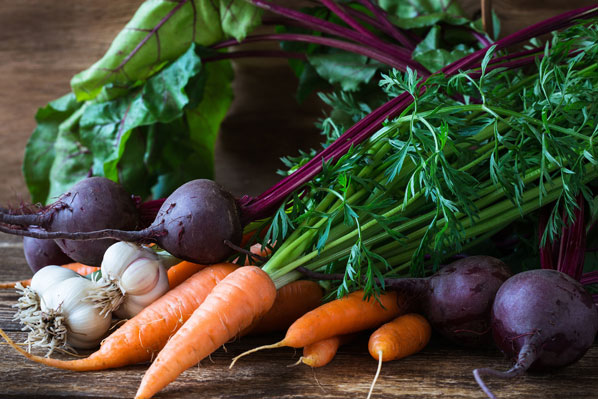
He says he hopes to bridge the gap between vegan food and vegan lifestyle.
“Many gardeners who care about animals and who care about the origins of what they eat, may not be aware of the impact eating animals or animal products has on the environment, or their health (let alone the animals themselves), and they may not know their gardening and growing their own is part of the problem,” he adds.
Here, Appleby offers some of the key dos and don’ts of being a vegan gardener…
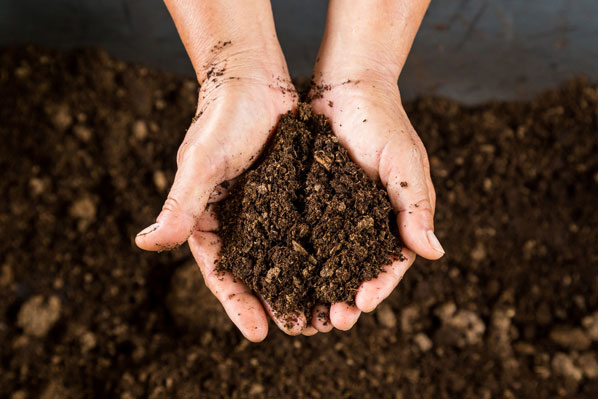
DON’T… Use animal manures
As well as avoiding animal manures, vegans don’t use blood, fish and bone products. “You can make your own fertiliser to replace blood, fish and bone products – the by-products of the slaughterhouse, which can also attract vermin to your plot,” says Appleby. “I make comfrey ‘tea’ by stewing the herb in a bucket of water, which I strain off to give plants a tonic. Comfrey contains high levels of potassium, nitrogen and phosphorus, which are the essential nutrients for plant growth. Seaweed is good too.”
DO… Make your own compost
“Making compost to replace animal manures is a cornerstone of vegan gardening. Animal manures can contain harmful bacteria such as e-coli, and they are the by-products of the animal farming system, which vegans do not want to support,” Appleby adds. “Compost made from green and brown organic material and (vegetable) food waste make up your growing media. Commercial mixes from companies such as Fertile Fibre (fertilefibre.com) are now available too.”
To make vegan compost, use grass cuttings, leaves, garden clippings and vegan food bin waste.
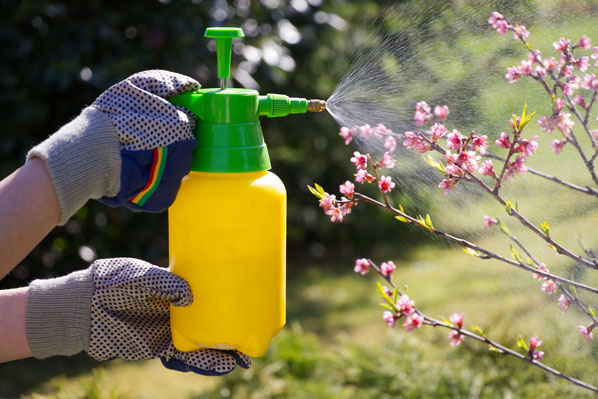
DO… Make your own fertiliser from comfrey
“Comfrey is good at sucking up nutrients from the soil and contains calcium, phosphorus, potassium, vitamin A, C and other trace materials. Grow comfrey by, with permission, digging up a bit of someone’s crop. When divided, it grows again easily and produces leaf rapidly. You can buy root cuttings to plant from May-September.”
Make a comfrey liquid feed by filling a container with leaves and topping up with water. Leave to steep for a week and pour the liquid onto crops. Then add the used comfrey to the compost pile, where its nutrients will both enrich the whole heap and encourage decomposition.
DO… Use alternative plant tonics
These include rock dust, ash and rotted woodchip.
DO… Grow green manure
Grow a green manure by sowing nitrogen-rich seeds, such as red or white clover, over winter on bare soil. This fixes nitrogen from the air and brings up minerals from the ground, as well as stopping bare soil eroding. Plant as a cover crop, and as an under-sown crop. Rake it in two weeks before planting potatoes.
In the spring, sow trefoils, crimson or sweet clover, mustard, buckwheat or phacelia. Vetch, lucerne, mustard, buckwheat, phacelia and red and white clover are also good for autumn planting.
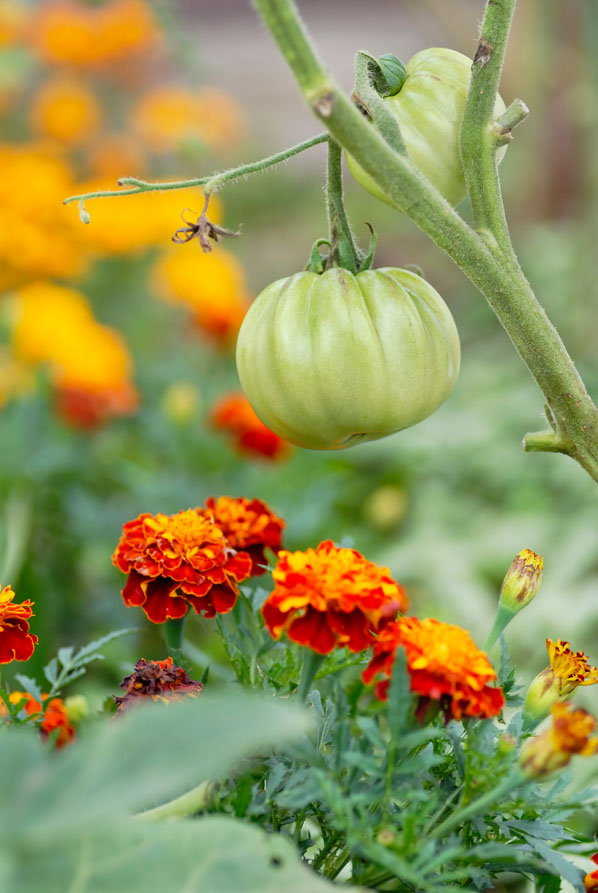
DO… Grow your own protein and iron-rich veg
Include artichokes or broccoli in your planting scheme, to make sure your vegan diet is not lacking in any essential minerals and vitamins.
DO… Deter animals that might eat your crops
Grow banks of plants that predators live in, including buddleia, nettle, dandelion, horsetail, grey willow and brambles. Also include log piles as insect habitats.
DO… Be prepared to sacrifice some of your crops
Sacrificial crops, which will keep pests at bay, include nasturtiums and nettles (aphids), chervil (slugs), French marigold (slugs and thrips), and radish (flea beetle). Netting, scents and scarers are all alternatives to killing ‘pests’.
DON’T… Kill wildlife and insects, including slugs
Make room in your garden for all living creatures, who will help provide the balance of nature in their own way.
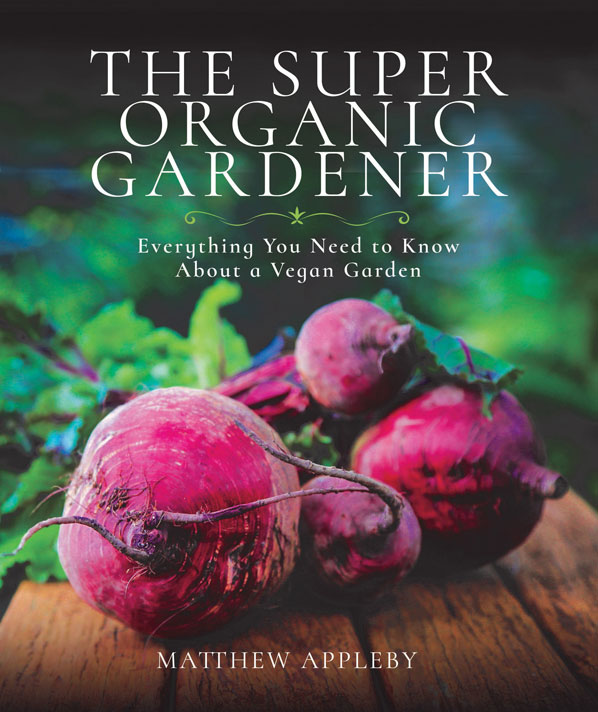
Super Organic Gardener: Everything You Need to Know About A Vegan Garden by Matthew Appleby is published by Pen & Sword on January 31, priced £16.99.



